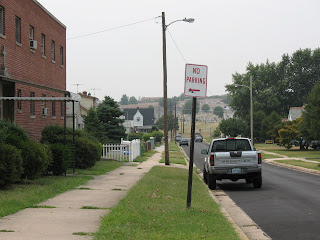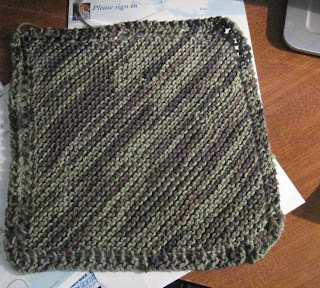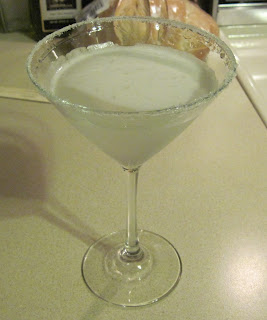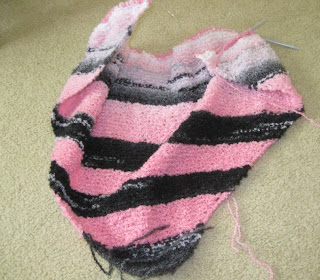 I read this book poolside while vacationing in Aruba. I need to say I read it right after finishing, The Friday Night Knitting Club. Some of what I thought about both books is probably because I read one right after the other? They seemed very similar to me. Stories of women coming together to get through life by knitting. I liked and disliked parts of both books. Both had tragedies. I didn't look at the dates to see which book was written first; but...while reading this one, The Knitting Circle; I couldn't help but wonder if one was copying the idea from the other.
I read this book poolside while vacationing in Aruba. I need to say I read it right after finishing, The Friday Night Knitting Club. Some of what I thought about both books is probably because I read one right after the other? They seemed very similar to me. Stories of women coming together to get through life by knitting. I liked and disliked parts of both books. Both had tragedies. I didn't look at the dates to see which book was written first; but...while reading this one, The Knitting Circle; I couldn't help but wonder if one was copying the idea from the other.The premise of this book seemed to be when your life is falling apart, when you can't deal, when you can't socialize--you knit. That knitting in fact can "save" people. Both books have the people in trouble pulling away from people they know and love, from people who love them to find solace is knitting with what initially are strangers. Everyone experience grief differently, I just don't know if agree with the premise. I've seen lots of folks experience grief, differently; I've experienced it myself...but can't say I've witness this type of cooping. I'm not sure I found the book believeable. However, I've been fortunate enough not to experience what I believe to be the worst type of grief possible which is explored in the book.
I do recommend this book. I'm unsure if this is one I purchased at the airport some time back, or one my DD passed along to me. In retrospect, I think I'd like to recommend (which I didn't initially) The Friday Night Knitting Club. I think reading them back to back is not such a good idea and probably soured my initial opinion.
*Removing the word The...am using this am my K post for the Z-A Challenge













